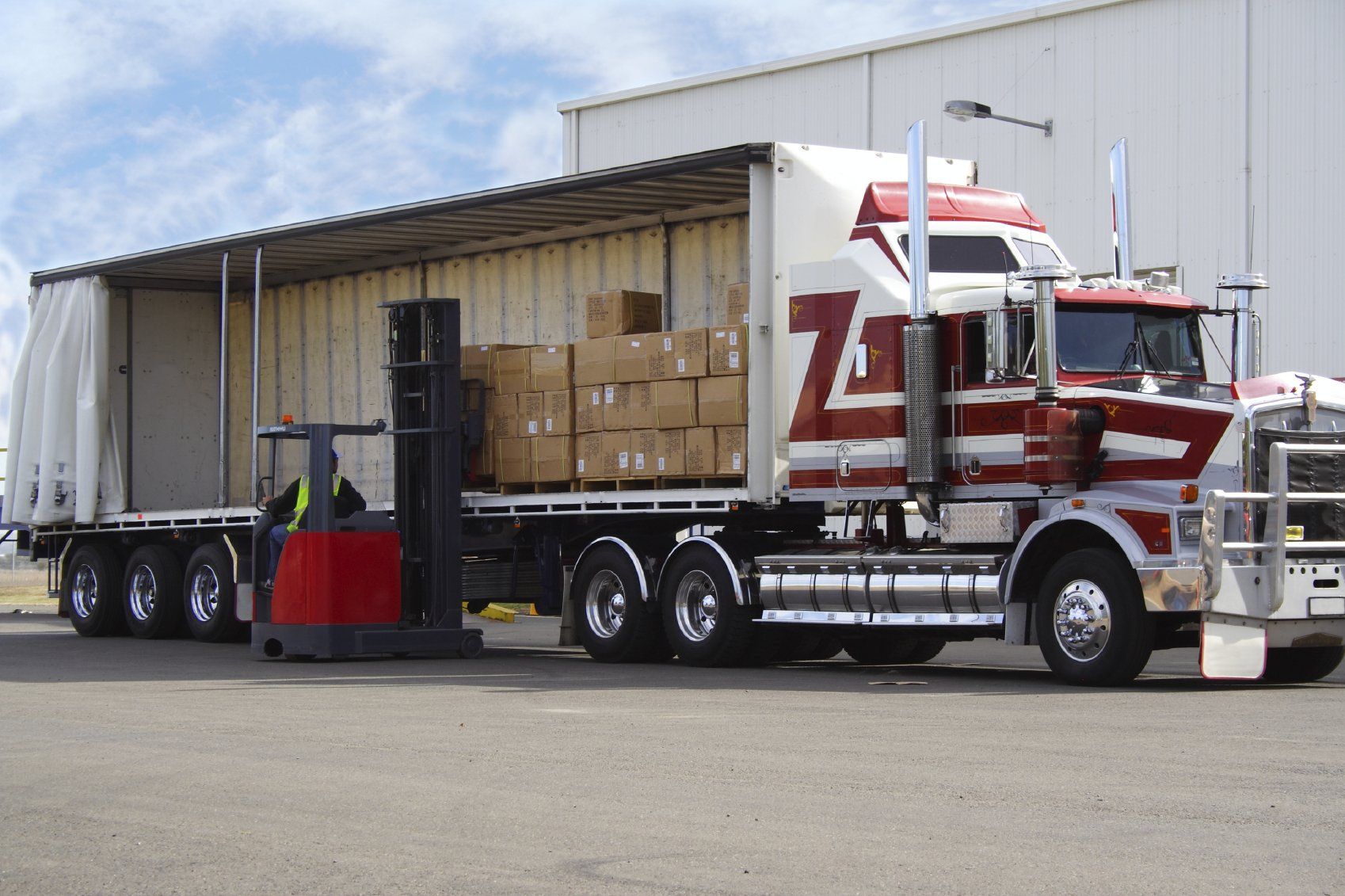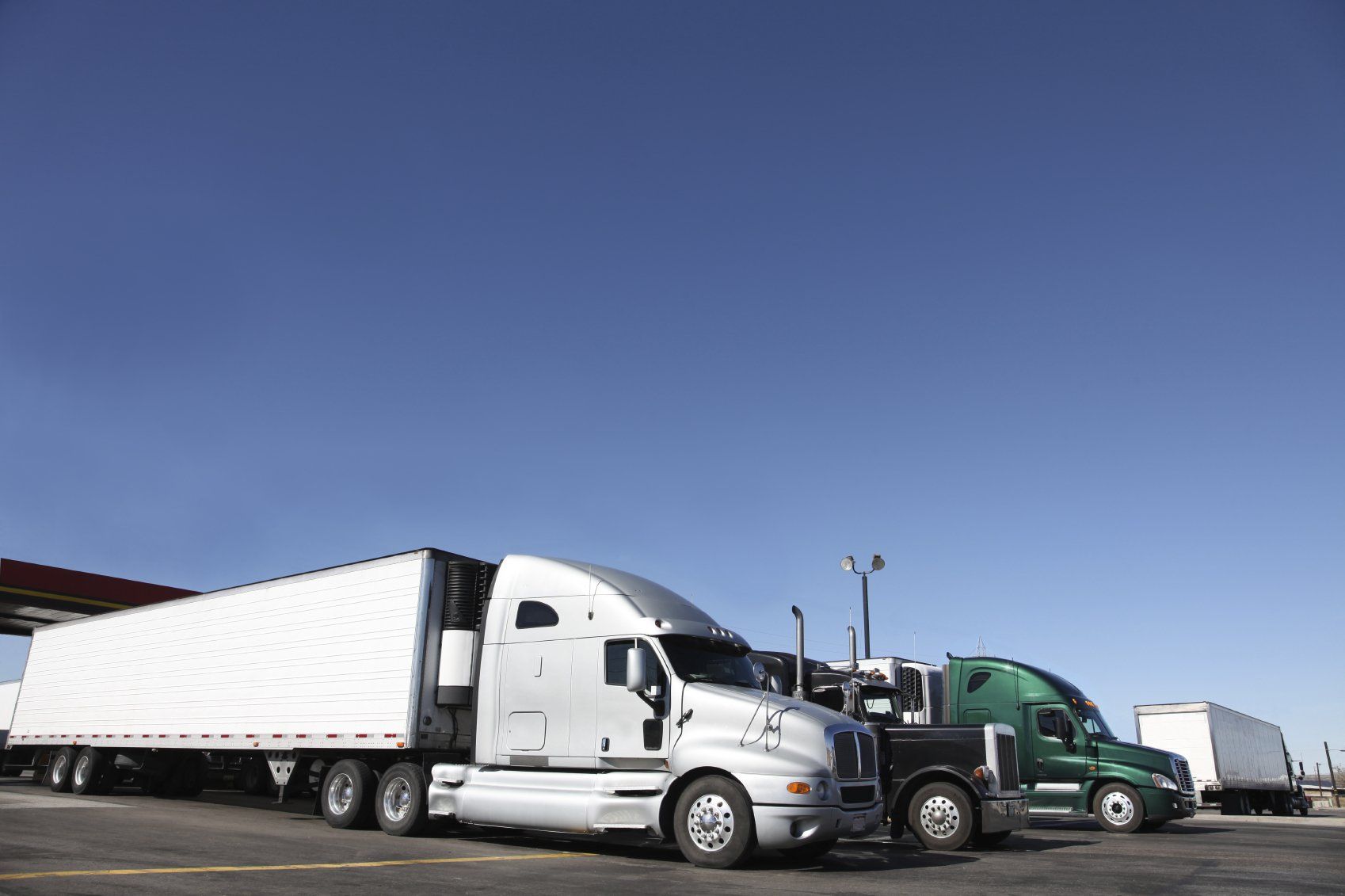10 Essential Tips for a Safer Trucking Operation
Safety is paramount in the trucking industry, where drivers and fleet managers face unique challenges on the road every day. Implementing effective safety measures not only protects drivers and cargo but also helps prevent accidents, reduces liability risks, and enhances overall operational efficiency. In this article, we'll discuss ten essential tips for promoting safety in your trucking operation, empowering drivers and fleet managers to prioritize safety at every step of the journey.
1. Prioritize Driver Training and Education:
- Invest in comprehensive training programs to ensure that drivers are equipped with the knowledge and skills needed to operate safely on the road. Provide ongoing education on defensive driving techniques, hours of service regulations, and vehicle maintenance best practices.
2. Conduct Regular Vehicle Inspections:
- Perform thorough pre-trip and post-trip vehicle inspections to identify any mechanical issues or safety concerns before hitting the road. Check tires, brakes, lights, and other essential components to ensure that vehicles are in optimal working condition.
3. Follow Hours of Service Regulations:
- Adhere to hours of service regulations to prevent driver fatigue and promote safe driving practices. Ensure that drivers take regular breaks and get adequate rest to maintain alertness and focus behind the wheel.
4. Avoid Distractions:
- Minimize distractions while driving by refraining from using electronic devices, eating, or engaging in other activities that take your attention away from the road. Encourage drivers to stay focused on driving and eliminate distractions that could lead to accidents.
5. Maintain Safe Following Distance:
- Maintain a safe following distance between your vehicle and the vehicle ahead to allow for adequate stopping time in case of sudden stops or emergencies. Avoid tailgating and keep a buffer zone to mitigate the risk of rear-end collisions.
6. Practice Defensive Driving:
- Practice defensive driving techniques to anticipate and respond to potential hazards on the road. Stay alert, scan the road ahead, and be prepared to react quickly to changing traffic conditions or unexpected obstacles.
7. Secure Cargo Properly:
- Ensure that cargo is properly secured and balanced to prevent shifting or falling during transit. Use appropriate tie-downs, straps, and securing methods to secure cargo safely and minimize the risk of accidents caused by shifting loads.
8. Stay Informed About Weather Conditions:
- Monitor weather forecasts and road conditions before embarking on a journey. Avoid driving in severe weather conditions such as heavy rain, snow, or ice, and adjust your route or schedule if necessary to ensure safe travel.
9. Use Safety Technology:
- Take advantage of safety technology such as collision avoidance systems, lane departure warnings, and electronic logging devices to enhance safety on the road. These technologies can help prevent accidents and provide valuable data for analyzing driver behavior.
10. Promote a Culture of Safety:
- Foster a culture of safety within your organization by emphasizing the importance of safety in all aspects of operations. Encourage open communication, reward safe driving behavior, and provide opportunities for drivers to share safety tips and experiences.
By implementing these ten essential tips for a safer trucking operation, drivers and fleet managers can minimize risks, prevent accidents, and promote a culture of safety within their organization. Prioritizing safety not only protects drivers and cargo but also enhances the reputation and longevity of your trucking business. At Wilkes Agency, we're dedicated to supporting trucking companies with comprehensive insurance solutions designed to mitigate risk and safeguard their operations.












